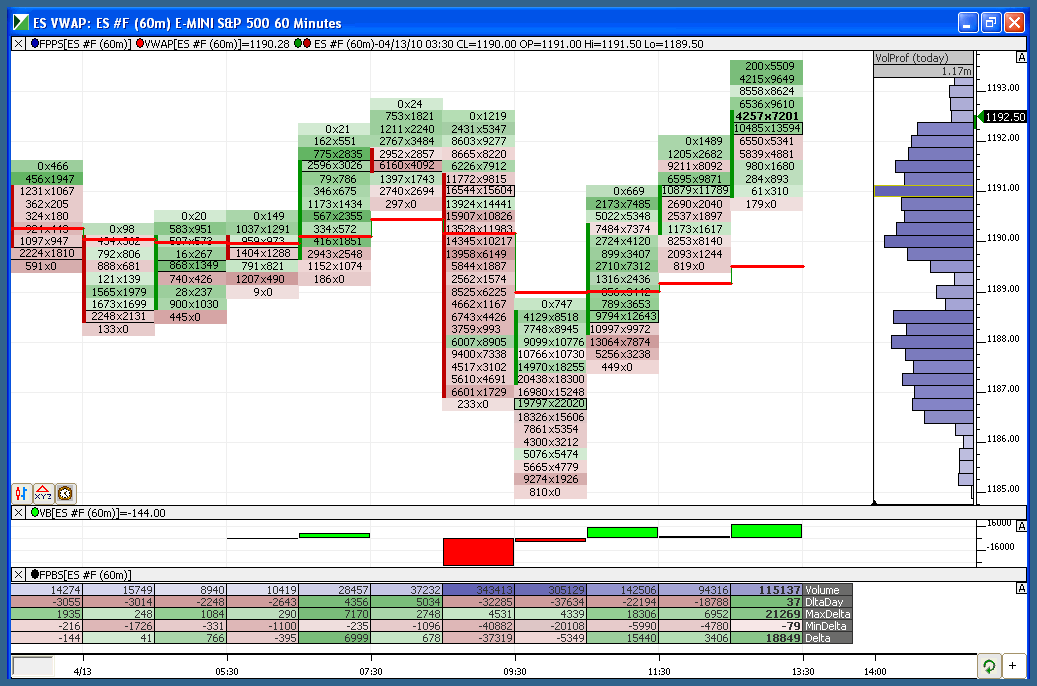TraderFeed Introduction to Trading Learning How to Trade
Post on: 6 Июнь, 2015 No Comment

Tuesday, September 23, 2008
Introduction to Trading: Learning How to Trade
Where most efforts at trading education have failed is in their lack of development of a coherent curriculum. Piecemeal presentations of market patterns or indicators doesn’t provide the concrete skills needed to generate trade ideas, effectively execute those ideas, and then manage positions as they trade. If we look at the curricula at medical schools, for example, we find several core components:
1) Information — Beginning medical students are immersed in basic sciences to develop a fund of information regarding the body and its health and illness. A competent physician is not just one who knows what to do, but also why to do it. This deep level of knowledge is important when it becomes necessary to make difficult differential diagnoses or to manage unusual reactions and complications following treatment. After all, you wouldn’t want a surgeon operating on you if he or she hadn’t been grounded in anatomy and physiology. Similarly, traders need to be grounded in the basics of their profession: how markets work, how markets affect one another and are affected by news and sentiment, how positions in market can be expressed across different markets, how risk is managed, etc. Someone who manages a personal portfolio or trades an account without such information is not so different from that surgeon who lacks knowledge of anatomy and physiology.
2) Observation — See one, do one, teach one is a mantra in medical education. Before a student treats patients, he or she shadows senior medical students, residents, and attending physicians to gain exposure to different specialty areas of medical practice. In my book Enhancing Trader Performance. I explain how pattern recognition lies at the heart of trading: it is necessary to observe and internalize those patterns before one develops a feel for them that can aid trading decisions. Observing markets in different conditions and observing traders tackle markets via online trading rooms is invaluable in bringing knowledge to life.
3) Simulation — Students practice their ability to take a history and physical by working with simulated patients before they actually go onto the hospital floors or into the clinics. They work on cadavers before they perform surgical procedures on live patients. They also follow patients under the very close supervision of senior colleagues, so that they can practice decision-making under safe conditions. Much of the second half of medical education is a learning by doing in progressively realistic, independent situations. Similarly, traders can begin learning how to enter and manage positions by practicing their skills on a simulation platform before putting their capital at risk—and by trading very small size before tackling larger risk.
4) Supervised Practice — Eventually medical students need to work on live patients and eventually they need to be responsible for their own patients. At each level of education, however, there is supervision and consultation, so that mistakes can be detected and avoided and risk to patients can be minimized. After the first four years of medical education are completed, there is a supervised process of practice called residency, in which the skills specific to a specialty area are developed. This typically lasts another three or four years. A student is not deemed ready to be a board-certified specialist until there have been many years of increasingly independent practice. Trading is no different: there are skills specific to specialized markets and trading styles; mentorship requires guidance from those who are steeped in each specialty area (scalping, portfolio management, market making, options, currencies, etc.).
Many of the problems traders experience in markets is the result of trying to short-circuit this learning process. Many times, this short-circuiting is the result of education vendors who know nothing of research/practice in education and curricular design. The challenge for new and developing traders is to locate and utilize the resources they need to structure their own learning processes. One goal of this Introduction to Trading e-book. as well as the book on self-coaching. is to help traders with this process.














